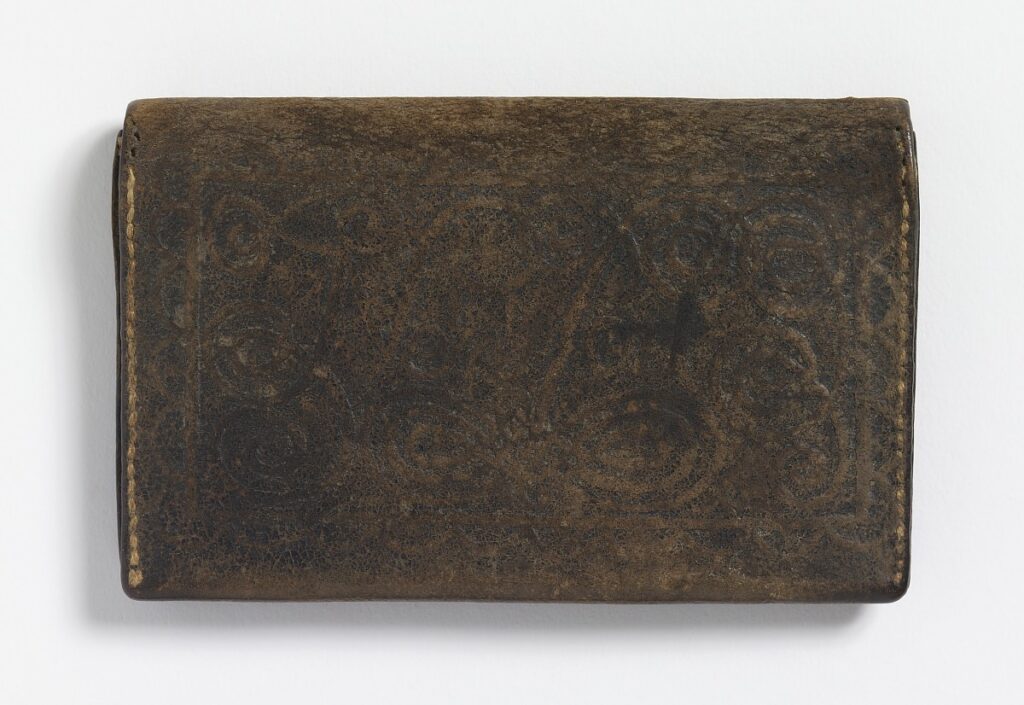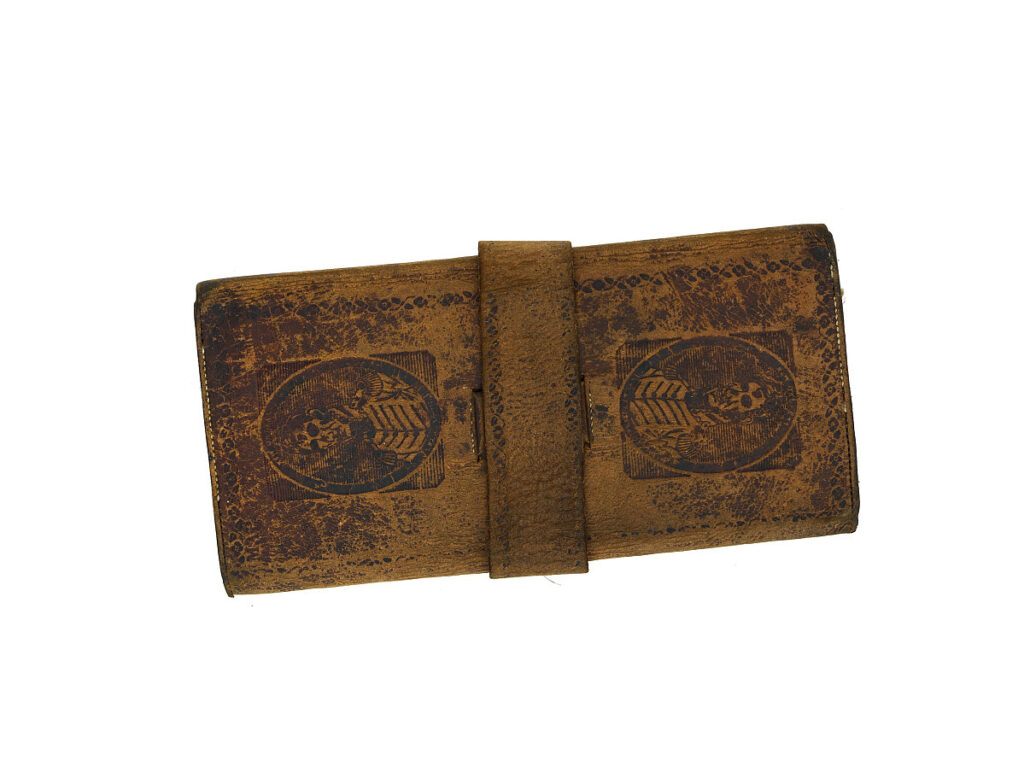Wallets are an indispensable part of our daily lives, quietly holding our money, cards, and IDs, while often making a style statement. But have you ever wondered about their origin and how they’ve transformed over the centuries? In this blog, we take you on a historical journey, exploring the fascinating evolution of wallets from their humble beginnings to the sleek accessories we carry today.
Ancient Origins
Wallets have a history that stretches back thousands of years, originating in ancient civilizations. These early wallets were simple pouches or bags, typically made from materials like leather, fabric, or animal hides. They served a practical purpose, allowing people to carry coins, food, and other essentials.
Roman Influence
The Romans played a significant role in popularizing wallets as a means of carrying money. They referred to these early wallets as “loculus” or “capsa.” Crafted from leather, these early wallets were often worn around the waist, blending functionality with fashion.
Medieval and Renaissance Eras
As history progressed into the Middle Ages and the Renaissance, wallets continued to evolve. They transitioned from mere functional items to fashionable accessories. Wealthy individuals even adorned their wallets with precious metals and gemstones, turning them into status symbols.

The Development of Pockets
One pivotal moment in wallet evolution was the advent of pockets. During this era, tailored clothing became popular, and people began sewing pockets into their garments. This innovation reduced the need for external pouches and marked a significant step toward convenience.
The Modern Wallet
The wallet as we know it today began to take shape in the 19th century. It became more standardized, typically featuring compartments for coins, banknotes, and personal identification. Leather remained the material of choice, a tradition that continues.

The Bifold Wallet
The early 20th century brought the bifold wallet into vogue. Folding the wallet in half preserved storage space while reducing bulk. Bifold wallets introduced multiple card slots, a bill compartment, and sometimes even a coin pocket, meeting the demands of modern life.
The Trifold Wallet
Similar to bifolds, trifold wallets also gained popularity during the 20th century. These wallets folded into thirds, offering even more card storage but at the cost of increased bulkiness.
Modern Innovations
In recent years, wallets have continued to evolve. The rise of digital payments and contactless transactions has led to innovations such as RFID-blocking technology, aimed at safeguarding against electronic theft. Minimalist wallets have also gained favor among those seeking simplicity and practicality.
Digital Wallets
The advent of smartphones has ushered in a new era of wallets: digital wallets. These digital counterparts store payment information and facilitate contactless payments. Examples include Apple Pay, Google Wallet, and various banking apps, showcasing the convergence of technology and finance.
Fashion and Style
Today, wallets have transcended their utilitarian origins to become fashion statements. They come in various designs, materials, and brands to cater to different tastes and preferences. High-end designer wallets are coveted accessories, highlighting the wallet’s enduring appeal as both a functional item and a status symbol.
The history of the wallet is a testament to human ingenuity in blending form and function into everyday objects. From ancient pouches to digital wallets, this accessory has adapted to the needs and desires of each era. As we carry our wallets through time, let’s not only appreciate their practicality but also the rich history they represent and the style they bring to our lives.







